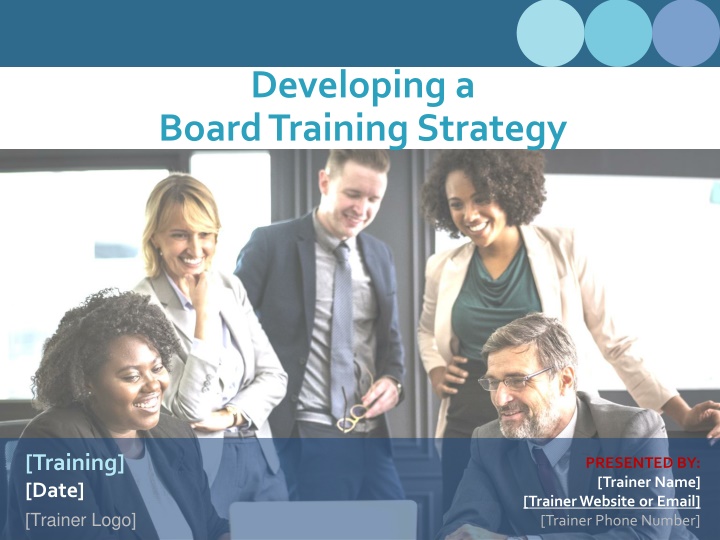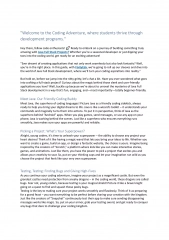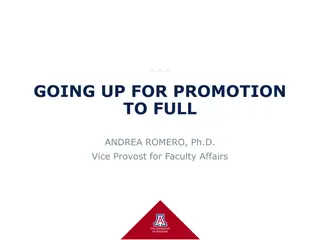
Developing a Board Training Strategy for Effective Governance
Explore the importance of conducting board training to empower members, strengthen the board-Executive Director relationship, and enhance overall board engagement. Learn about the differences between orientation and training, essential topics to cover, and standards for nonprofit board development.
Uploaded on | 0 Views
Download Presentation

Please find below an Image/Link to download the presentation.
The content on the website is provided AS IS for your information and personal use only. It may not be sold, licensed, or shared on other websites without obtaining consent from the author. If you encounter any issues during the download, it is possible that the publisher has removed the file from their server.
You are allowed to download the files provided on this website for personal or commercial use, subject to the condition that they are used lawfully. All files are the property of their respective owners.
The content on the website is provided AS IS for your information and personal use only. It may not be sold, licensed, or shared on other websites without obtaining consent from the author.
E N D
Presentation Transcript
Developing a Board Training Strategy [Training] [Date] [Trainer Logo] PRESENTED BY: [Trainer Name] [Trainer Website or Email] [Trainer Phone Number]
This training material was created in collaboration with Community Action Program Legal Services, Inc. (CAPLAW) and the Community Action Partnership (Partnership). The publication was created by National Association of Community Action Agencies - Community Action Partnership in the performance of the U.S. Department of Human Services, Administration for Children and Families, Office of Community Services Grant Number 90ET0465. Any opinion, findings, and conclusions, or recommendations expressed in this material are those of the authors and do not necessarily reflect the views of the U.S. Department of Health and Human Services, Administration for Children and Families. 2
Todays Agenda Why? Who? Where? When? How? What? 3
Why Conduct Board Training? To ensure board members are equipped and prepared to carry out their responsibilities as board members To ensure a high-functioning board and strong board-Executive Director relationship To help increase board engagement 4
Why Conduct Orientation and Training? Standard 5.7: Nonprofit/Public Org./Dept. has a process to provide a structured orientation for governing/ advisory board members within 6 months of being seated. Standard 5.8: Nonprofit/Public Board members have been provided with training on their duties and responsibilities within the past 2 years. 4
Whats the Difference Between Orientation and Training? Training: Orientation: Occurs within 2 years and preferably periodically throughout a year Occurs when onboarding new board member Provides overview In-depth Highlights CAA-specific information Focuses on single topic Presented by staff, board and/or 3rd party Supports ongoing engagement Presented by staff or board Stimulates initial engagement 6
Orientation and Training Topics 7. Organizational structure 1. Mission 2. History 8. Board structure 3. CSBG Act purposes and goals 9. Board operations 10. Board roles & responsibilities 4. Community Action Theory of Change 11. Strategic direction 5. Programs 12. Financial oversight 6. ROMA 13
How to Prioritize Training Topics? Provide the basics and then Ask the board! Board surveys Regular board self-assessment For orientation What do you wish you had known when you joined the board? Board training evaluations Future training topics and how to improve future training 8
Who Should Plan the Training? CAA Executive Director Board Governance Committee CAA staff (including board liaison) People who will conduct the training 9
Who Should Attend the Training? Board members CAA Executive Director Other CAA staff, as applicable If have Head Start, consider joint training of board and Head Start Policy Council Advisory committee members, if applicable 10
Who Should Conduct the Training? Outside trainer, e.g.: Subject matter expert State association State CSBG office CAA staff CAA board members CAA clients 11
Where Should the Training Take Place? At board meetings? Off-site? Conferences? On-demand, at board members homes/offices? 12
When Should You Train? How often? Once every two years? Yearly? At every board meeting? Board training calendar 13
When Should You Train? What time of day? During the week or on weekend? At (or just before) board meetings? In dedicated training time outside of board meetings? At board retreat? 14
How Should You Conduct Training? One-on-one meetings Mentoring Committee participation On-site tours Volunteering Advisory committee (for potential board members) In-person Webinars Videos Training modules Conferences Group discussion (including of handbooks, articles, policies) 11
How Should You Conduct Training? Opportunity for Q&A Problem solving Quizzes Guided note-taking Practical examples (case studies/ scenarios) Role playing Small group discussion Opportunities to apply what they ve learned Encourage sharing of ideas, experiences 12






















